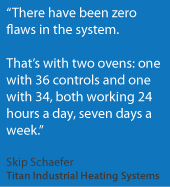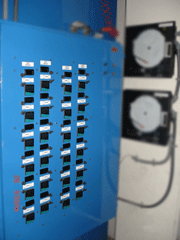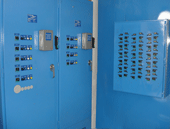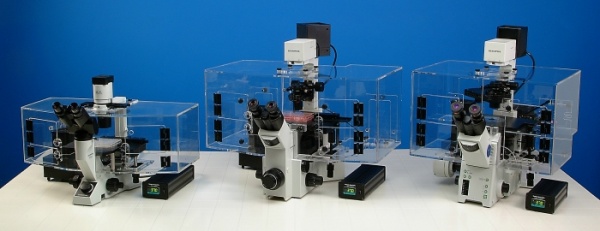The flexibility and profiling power of the CAL 9500P temperature controller has provided an exceptionally powerful solution for Active Magnetic Inspection Inc. (AMI), a US company that treats and inspects fasteners for the aerospace industry.
Process & Temperature Control Requirements

AMI had decided to raise the bar and establish a process system that would earn accreditation from Nadcap (National Aerospace and Defense Contractors Accreditation Program) and thus enable the company to strengthen its position in the aerospace fastener business. To meet this need, AMI’s systems were enhanced by temperature controllers from West Control Solutions.
The Design & Construction Process

In order to achieve Nadcap accreditation it was also necessary to establish a thorough quality system, including well-documented process instructions and complete records for all production lots including time and temperature data, to meet the needs of the annual audit.
“The customer needed to provide 100% traceability on its output,” Skip explained. “I’ve been using CAL temperature controllers for around 25 years and I can count the number of failures on one hand so it had to be CAL. Aside from the reliability and durability of the CAL product, West Control Solutions are also very helpful with background information when I’m planning a system build.”
The CAL 9500P process controller was chosen as the front end for its flexibility and profiling power. In order to satisfy Nadcap process data requirements, all of the instruments are tied to a central PC that runs CALGrafix. The result is that every point is monitored and stored on a minute-by-minute basis.
The Results

“There have been zero flaws in the system,” Skip said. “That’s with two ovens: one with 36 controls and one with 34, both working 24 hours a day, seven days a week. A system such as this requires absolute reliability and CAL controllers have guaranteed that.”


 Orry Dugdale, Director, Solent Scientific, explained further how the 37° Incubation Chambers work and why the
Orry Dugdale, Director, Solent Scientific, explained further how the 37° Incubation Chambers work and why the 






